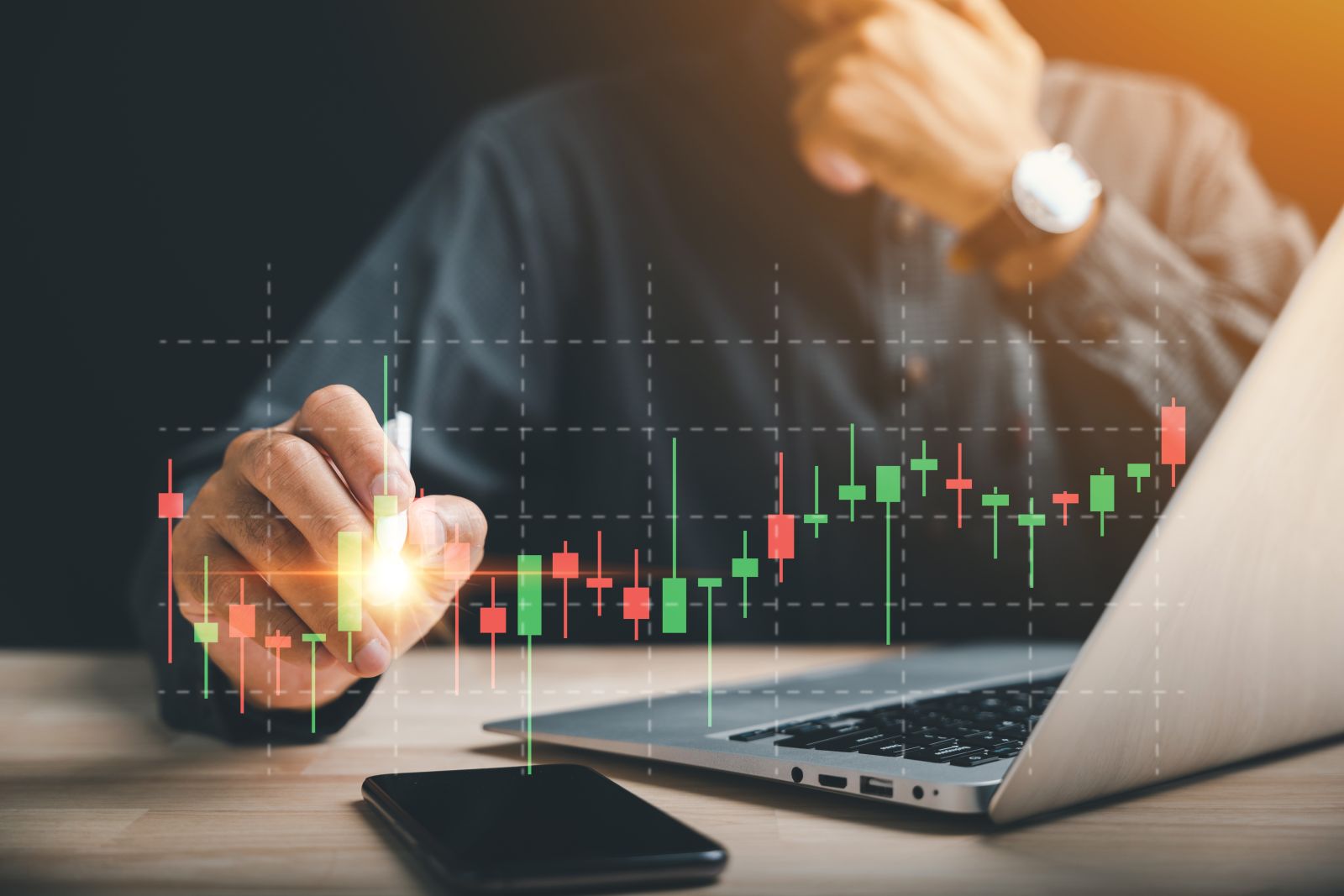Stock Market Today: Futures Signal Tepid Start as Earnings Disappoint

US stock futures commenced trading in a risk-averse mood today with investors hedging against increased trade tension from geopolitical origins and Fed remarks driven by expectations to boot. A sudden zig for semiconductor shares marked the beginning of the day's most significant action with mega-cap technology again disappointing and cooling general market sentiment. In this context, concerns about the global economy and trade policy uncertainty dimmed investor expectations further.
Major Index Performance on Wednesday, August 6th 2025
- S&P 500: 5,829.41, down 0.3%, dragged lower by technology weakness.
- Nasdaq Composite: 18,106.55, -0.5%, as losses in semiconductors deepen.
- Dow Jones Industrial Average: Remains steady at 41,185.77, supported by industrial stocks and energy stocks.
- Russell 2000: Down 0.2% at 2,143.08, as small-caps react negatively to rate sensitivity and weak
Drivers Behind the Market Move
- Mounting Trade & Tariff Threats
US President Trump's recent tariff threats—on semiconductors, on pharma, on India, on the EU—are creating fresh uncertainty across the world's markets and for the US stock future market. These aggressive policy moves are prompting firms to reexamine supply chain economics and price power with inflationary pressure consequences. US industrials have already begun signaling tariff-related headwinds through earnings calls with European exporters preparing for tit-for-tat counterattacks. This new sense of geopolitical jitters is prompting investors towards more defensive but less cyclical places, a large-scale move towards defensive positioning.
- Economic Stress Indicators from Service Sector Data
U.S. ISM Services PMI recent outcome captured worsening employment and rising input prices—a harbinger for stagflation. Meanwhile, the European Services PMI for Europe registered a little better than the level for contraction, but German industrial orders fell more sharply than expected with a similar impact of a tightening of conditions of demand with manufactures production. Ease of growth with firming costs has caused eyebrows over the efficacy of conventional monetary instruments and dents investor confidence over a sustained pick-up in growth.
- Weak Profits And Policy Uncertainty
Differing earnings reports—i.e., tech stocks like AMD—have been a cause for conservative mood with weak guidance depressing sentiment. Trump rejection of BLS chief, hints at manipulated jobs reports, and a call for a reformed Fed contribute to a sounding of alarms over political meddling in monetary policy. Volatility source also comes with a governor's departure at the Fed. Investors pre-warn expectations prior to a potential cut in rates but little is understood about institutional credibility, a delicate set of conditions for risk assets.
We think these factors—policy uncertainty, macro softness, and earnings pressure—are the main causative drivers of current market sentiment. Defensive stocks, hard assets, and selective positioning are what we like currently until more clarity prevails.
The TRUMP Tweets and Their Implications
President Trump’s recent wave of public statements, interviews, and social media posts has unleashed a fresh layer of volatility across global markets. From abruptly firing the Bureau of Labor Statistics chief to accusing the labour data of being “rigged,” Trump has aggressively questioned the credibility of institutional reporting. These remarks have stirred deep concern on Wall Street, where data transparency and reliability are critical to market functioning. Investors now face growing uncertainty around the integrity of upcoming macroeconomic releases, leading to increased demand for assets that exist outside the realm of government manipulation—such as gold and cryptocurrencies.
To add to domestic volatility, Trump's overseas oration also has become more menacing. Threats at imposing heavy tariffs on India—categorically blaming the nation for buying Russian oil and reselling for a profit—along with fresh threats of a 35% tariff for the European Union and a new batch of tariffs for semiconductors and pharmaceuticals has once more sparked global trade anxiety. This tariff platform has the capability for unwinding highly fragile supply chains for businesses at a delicate point for world growth recovery.
Although Trump mentioned progress with China and hinted at a meeting between the two heads over the course of the year, the global trade discussion as a whole still appears belligerent and mercurial. Market reaction has been circumspect with cycle stocks lagging behind and safe-haven flows gaining ground. In his living room, Trump's allegations of the "highly political" Federal Reserve, in addition to hints at some "very good" sorts in queue for taking over Chair Powell, predict a possible reorganization of U.S. monetary oversight. Following the resignation of Fed Governor Kugler and Trump's promise of a near-proximal appointment for the Fed Chair, there is a discernible move towards politicized monetary policy. Investors now wager on sharper rate cuts and aggressive easing trajectory already impacting bond markets and catalysing non-yielding assets such as bitcoin and gold.
Many view these developments as triggers towards higher market sensitivity and adjustment of investor sentiment. As confidence in government Stats falls and policy uncertainty rises, capital will continue flowing towards defensive and decentralized segments. Volatility will be sustained, and markets will remain more sensitive towards political rather than economic fundamentals, at least until institutional clarity returns.